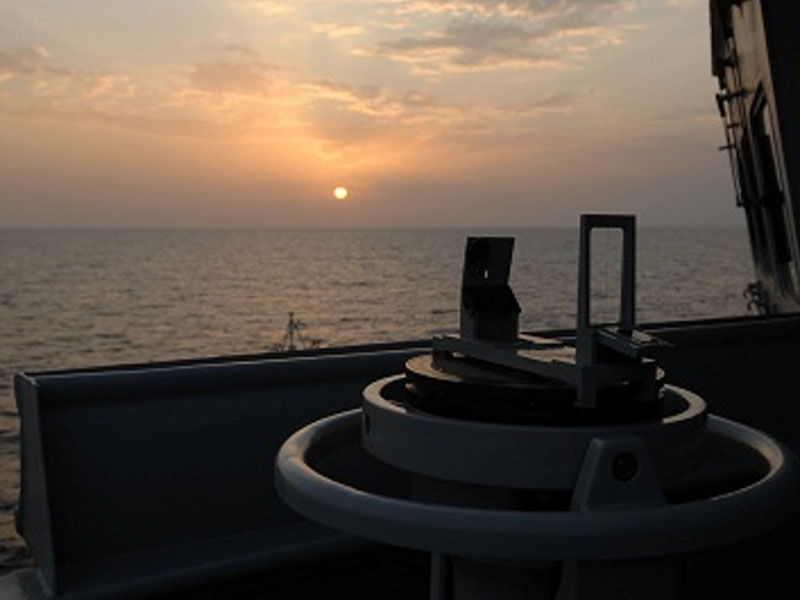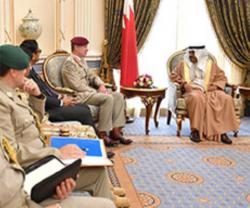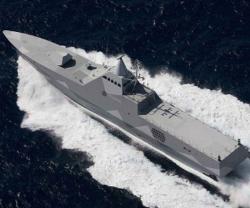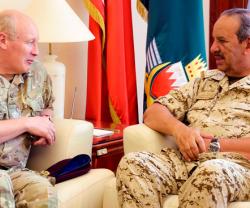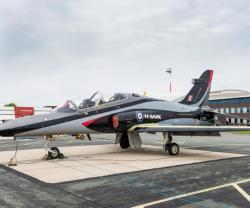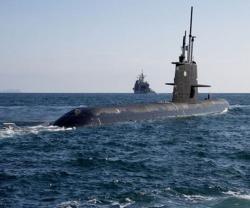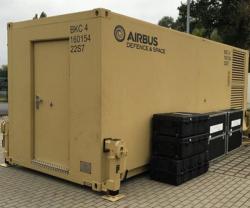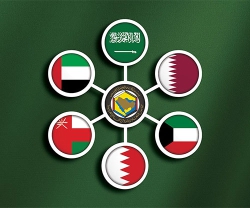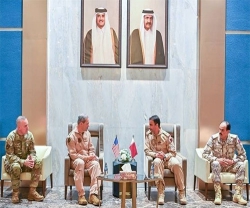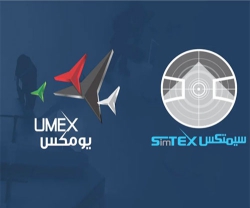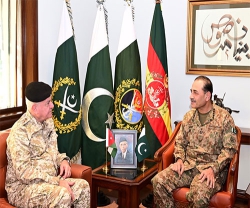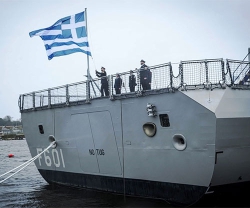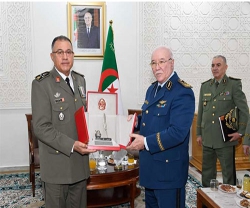A demonstration is conducted during the ongoing Euronaval defence exhibition taking place 27-31 October in Le Bourget, north of Paris.
One of the longest-running projects undertaken by the European Defence Agency (EDA), Marsur is a technical solution that allows dialog between European maritime information systems. Containing 17 Member States plus Norway, the project aims to improve the common “recognised maritime picture” by facilitating exchange of operational maritime information and services such as ship positions, tracks, identification data, chat or images.
The interface is installed in each participating Navy’s operational headquarters. A key characteristic of the Marsur network is that there is no central EU component that collects and distributes information. Each Member State is responsible for correlating its own data with the data received from other countries, and for boosting the services within the community.
Reflecting on this important milestone, Claude-France Arnould, EDA Chief Executive, said: “Marsur is a great example of efficient Pooling & Sharing of existing capabilities. The project has now reached the point where it is ready to be used by European navies”.
Marsur is designed to become the potential “military layer” of the wider Common Information Sharing Environment (CISE) project led by the European Commission. Marsur could work in conjunction with other “systems of systems” to ensure efficient interaction with other European maritime security stakeholders and also in support of CSDP missions.
The Marsur project was formally launched in September 2006 by 15 Member States. It was first tested in June 2011 when six countries successfully conducted an initial networking demonstration in Brussels. Seventeen Member States (as well as Norway) are now involved in the Marsur initiative: Belgium, Bulgaria, Cyprus, Germany, Spain, Greece, Finland, France, Ireland, Italy, Latvia, Lithuania, the Netherlands, Poland, Portugal, Sweden, and the United Kingdom.
The European Defence Agency (EDA) is designed to support the Council and the Member States in their effort to improve the European Union’s defence capabilities for the Common Security and Defence Policy (CSDP). This means running and supporting cooperative European defence projects; supporting research and technology development; boosting the European defence technological and industrial base; and providing a forum for European Ministries of Defence.

